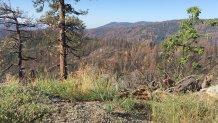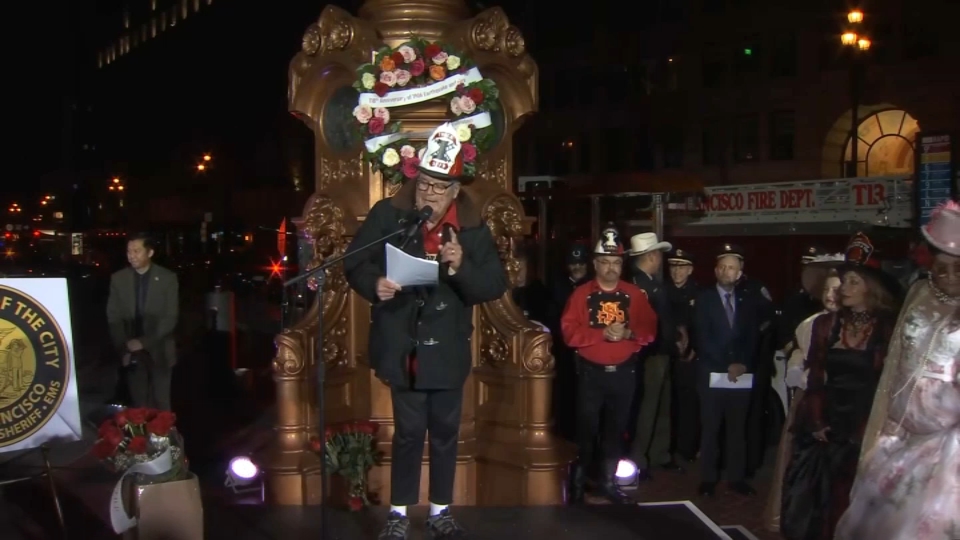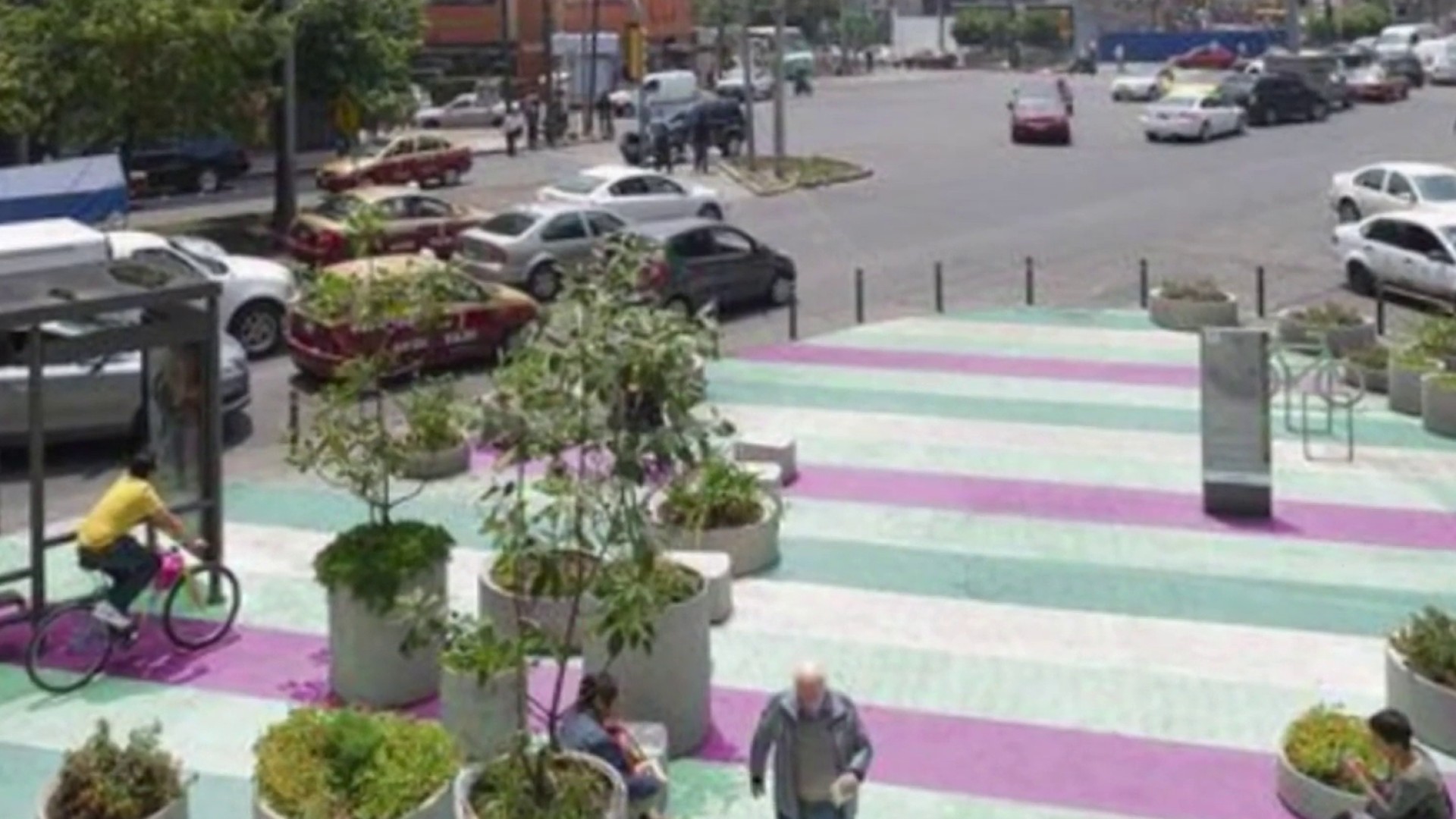It started with a few dying trees. Then a few more. Then a rust-colored band of dead coulter pine trees began to fill-in along the slope of Mount Diablo State Park, its deepening ribbon of red death visible in nearby Clayton.
The research revealed what California State Parks scientist Cyndy Shafer had feared.
"We investigated," Shafer said, "and discovered it was due to a beetle outbreak."
In the last two years, a drought-fueled beetle infestation has claimed hundreds of the park’s coulter pines, which represent one of the nation’s most northernmost stands of coulter pines. The once-thriving trees have been reduced to skeletons with the telltale reddish needles left as evidence of the beetles’ carnage.
"For a small, relatively isolated stand of pine trees like we have here," Shafer said, "the impact has been significant."

The damage on Mount Diablo is a small example of drought conditions that have enabled the beetles to exact a toll on California’s forests. The damage has now claimed 66 million trees, according to report released by the state in June. Last year the state estimated the number of deaths at around 29 million.
Local
Scientists said the drought has stressed the trees and weakened their ability to resist the naturally occurring beetles, which bore into the tree, cutting off the circulation of water and killing the trees. While the impact has been felt across the state, the devastation is keenly apparent in the Sierra Nevada forests where entire mountaintops of dead ponderosa pine have given the appearance of rust colored caps.
The tree death has extended to Yosemite National Park, where rust-colored trees are flanked by the park’s storied falls and raising National Park officials’ concerns for visitor safety.
"Once these trees are dead we have to take them out," said park ranger Scott Gediman. "They’re hazardous and we want to make sure nobody gets hurt."
Gediman said the park service has aimed the removal at trees that have fallen across trails and roads or are located in populated areas. He said visitors are constantly asking about the smattering of curiously reddish trees throughout the park.
"You go through and you just kind of see hillsides," Gediman said, "and you’ll see green trees and you’ll see either clumps or individual brown trees."

Throughout the forests of the Sierra Nevada, the din of construction crews hired by the state to remove the trees fill the air. Piles of freshly cut logs sit along roadsides waiting transit to mills in the Central Valley. The dead, dry trees pose a big concern to Cal-Fire because they’re an added fire hazard in already-dry forests.
Shafer said the state is considering removing some of the dead trees from Mount Diablo state park but no plans have been finalized yet. In the meantime, she said the situation is dire enough she is considering collecting pine cones from the coulter pines to save the seeds for genetic preservation.
"The ability of stands like these coulter pines to withstand these is becoming less predictable," Shafer said.
If there is a silver lining, Shafer said the steady rains of this past winter may have helped the situation — she believes the infestation is slowing down although other species of trees on the other side of the park are now showing signs of the beetles. But as devastating as the sight of hundreds of dead trees is, Shafter said it may just be nature’s way of cleaning house.
"It’s just important to know that these cycles in nature are natural," Shafer said. "What may appear catastrophic to us may be nature taking its course."



